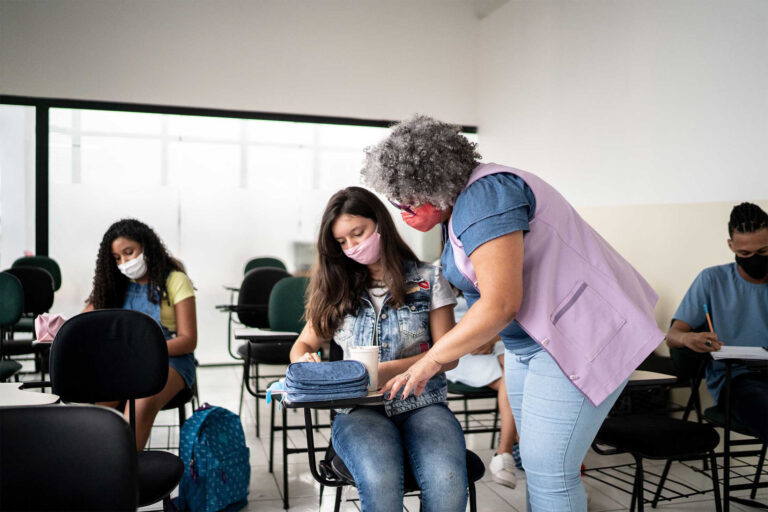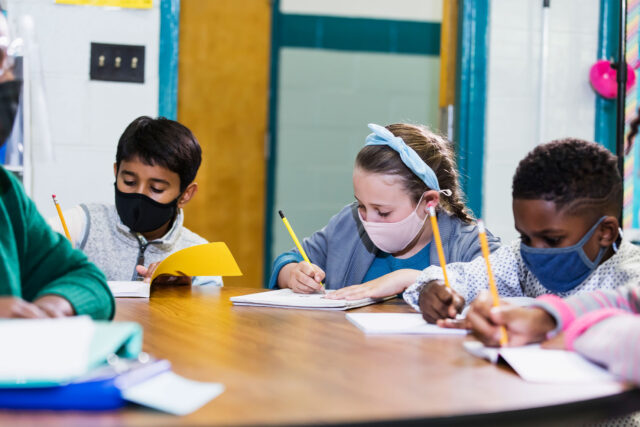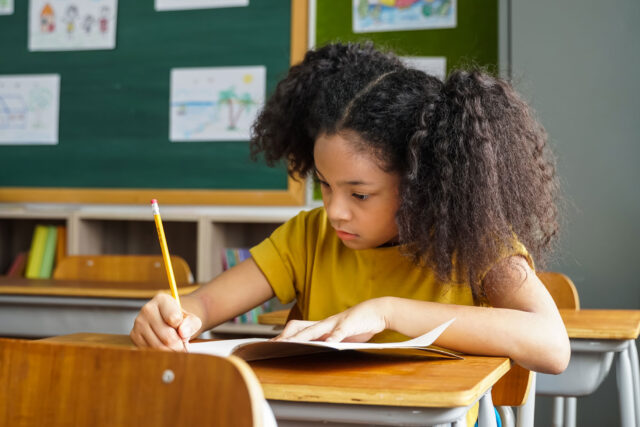As the fall semester approaches, California’s public schools are assessing the impact of the COVID-19 crisis and charting a path forward. We talked with Dr. Ed Manansala, superintendent of schools for El Dorado County, about how his mostly rural districts weathered the pandemic and the return to in-person instruction.

Can you tell us about the experiences of your mostly rural districts and the return to in-person school this year?
We have 15 school districts in El Dorado County. The western side of the county is what I would think of as more suburban. The more you go east, the more rural it becomes. In South Lake Tahoe, you have a high English Learner population and a higher percentage of lower-income students.
What helped make it possible to manage COVID from fall 2020 to the end of the school year was the high degree of collaboration and communication. Our district superintendents would communicate on a weekly basis, not just with the County Office of Education, but also with our public health officer.
A year ago, we were able to set up our surveillance testing system, really address our PPE, and have a high level of communication and teamwork. That’s what allowed us to start out with a percentage of our districts in an in-person hybrid model. And the remaining districts were in a distance learning model.
Teachers felt a high level of urgency to address the needs of our students and our families. They felt like nutrition specialists, social workers, and counsellors, as well as traditional teachers. There was a real strength in working together in our rural communities. Take Placerville, which moved quickly to address basic needs, providing meals and transportation. The local library became a hub for those without internet access, and our county office vans provided additional Wi-Fi access.
By spring, 14 of our 15 districts had returned to in-person instruction four or five days a week. There were still modifications, of course, including PPE and social distancing, and modification of the school schedule. I would say that El Dorado County was unique – we touched all of the learning modes throughout the year: distance, hybrid, and in-person.
One of the challenges to returning all children to classrooms this fall is family and teacher hesitancy. How have you approached this challenge?
First of all, it is just great to be in the position we are in today, in comparison to what we were feeling a year ago.
There are three ways we addressed hesitancy. First, we had our testing and surveillance system set up. Second, we got our PPE in place. A grant from the county board of supervisors meant we were able to do these two things before many other places that needed to wait on help from the state. The third was communication with teachers, parents, and the community. We met with our labor associations regularly. Our public health officer was a champion in terms of really helping us understand the research, and that partnership helped relieve some of the hesitancy. The collective goal was to get students back into classrooms, but to do so safely.
There were families who decided to remain in distance learning because parents were still concerned about the conditions around COVID. But I think that as time progressed, and we saw zero or very limited COVID transmission at school sites, that’s when you started to see more parents coming in. When you’re functioning within the guidelines and you have the appropriate PPE, you have validation that school environments were safe, at least in our experience!
We will be back five days a week in the fall. I do not anticipate that we will have a large percentage of families who will remain in distance learning. If I had to predict, I believe it would be less than 10%.
How are your districts assessing and addressing learning loss?
Our districts continued to utilize the assessment tools that they had before. On average, our districts did not experience the significant drop-off in learning that we’ve heard about across the state.
However, we did see pockets of learning loss. Students who stayed in distance learning or went to hybrid learning (especially English Learners and students from low-income families) are more likely to have experienced to learning loss. Students who needed extra support before COVID, such as tutoring or connections to the Boys and Girls Club, struggled more.
A big question was how do we continue to provide support over the summer? It’s not an issue of lack of will or planning, it’s a lack of the ability to staff it. It’s part of the toll of what has occurred over the past 16 months.
Now we’re getting infused with millions of state dollars for COVID recovery. We’re going to have to be looking closely at what’s working and what’s not working over time.





